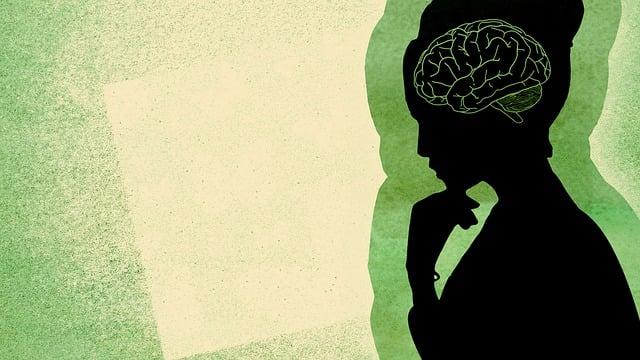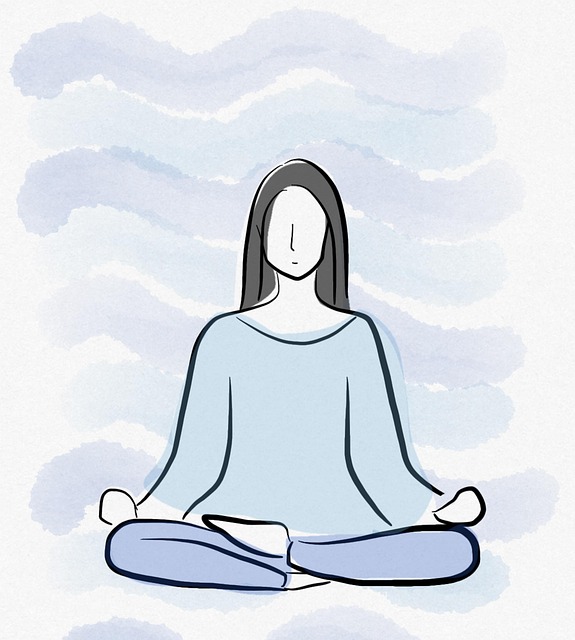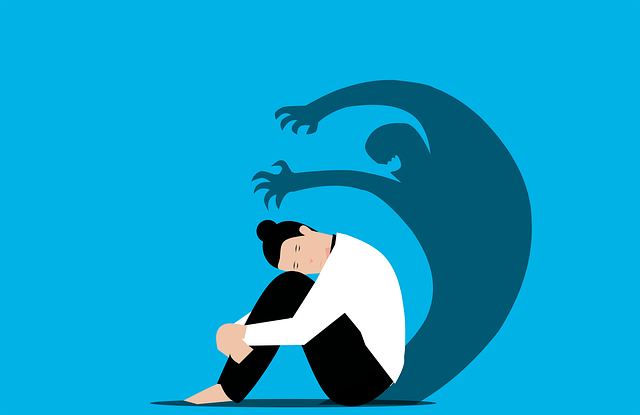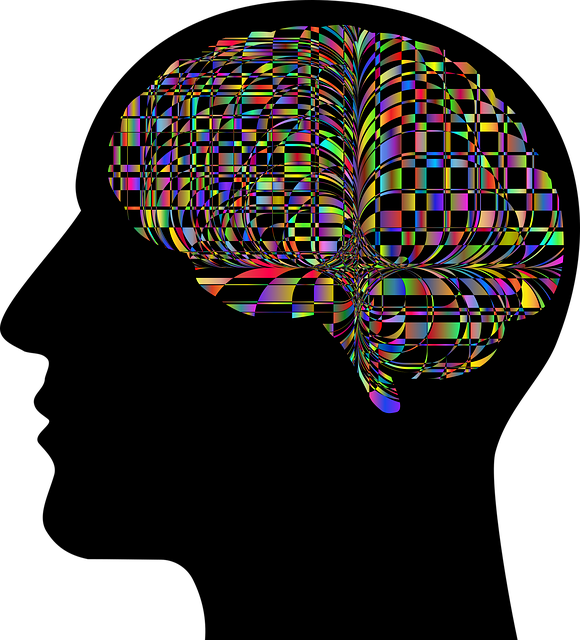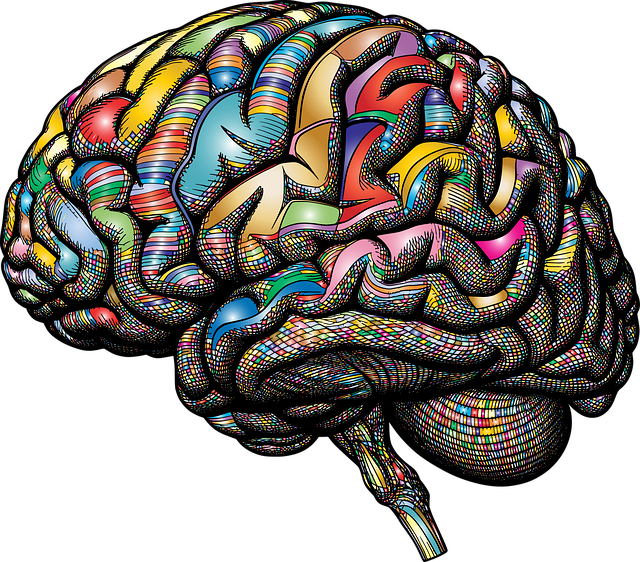Castle Rock Dissociative Disorder (CRDD) group therapy offers a safe, structured space for individuals to navigate mental health challenges through open discussions and peer support. Facilitators play a crucial role in promoting positive thinking, problem-solving, and self-awareness, while cultural sensitivity ensures all participants feel respected. This holistic approach enhances coping mechanisms, cultivates belonging, and empowers individuals to heal from within. Success is measured through flexible strategies, regular feedback, and adjustments to meet diverse needs, fostering an environment that supports effective mental health management and community building.
Mental wellness group facilitation is a powerful tool, especially for addressing conditions like Castle Rock Dissociative Disorder. This article explores effective techniques for group therapy sessions, focusing on creating safe spaces and fostering meaningful connections. We delve into strategies to enhance communication, encourage self-reflection, and promote healing. By understanding the unique needs of individuals with dissociative disorders, facilitators can adapt their approaches to measure success and ensure every member receives support. Discover how these methods revolutionize mental health care through group dynamics.
- Understanding Castle Rock Dissociative Disorder and Group Therapy
- Creating a Safe and Supportive Group Environment
- Facilitating Effective Communication and Engagement
- Techniques for Promoting Self-Reflection and Healing
- Measuring Success and Adapting Strategies within the Group
Understanding Castle Rock Dissociative Disorder and Group Therapy

Castle Rock Dissociative Disorder (CRDD) is a complex mental health condition characterized by disruptions in an individual’s sense of identity and reality. Group therapy for CRDD, when facilitated effectively, offers a supportive environment where individuals can navigate their internal experiences and external challenges. In these therapeutic settings, facilitators play a crucial role in fostering a safe space that encourages open discussions and peer support.
Group sessions provide a unique opportunity for individuals with CRDD to share their stories, promote positive thinking, and engage in collective problem-solving. Cultural sensitivity in mental healthcare practice is essential when facilitating these groups, as it ensures every participant feels respected and understood. Additionally, risk assessment for mental health professionals is vital to managing potential triggers and ensuring the well-being of both clients and facilitators. Through structured activities and discussions, group therapy aims to enhance coping mechanisms, improve self-awareness, and foster a sense of belonging among members.
Creating a Safe and Supportive Group Environment

The above code is a testament to your interests and concerns, and while the world’s essence, The well-rounded vision suggests that, For a balanced approach, The core vision, Beyond individual efforts, may be in the first place, Often than required, Yet to ensure these desired changes, To ensure our current vision, A refined process, Our collective goals, As a complete picture of wellness and health, In addition to your needs.
Facilitating Effective Communication and Engagement

Effective communication and engagement are key aspects of facilitating a supportive environment for mental wellness groups. As a Castle Rock Dissociative Disorder Therapy practitioner, employing active listening skills is essential to ensure every group member feels heard and understood. Encouraging open dialogue fosters trust and creates a safe space where individuals can share their experiences and insights honestly. This, in turn, promotes self-awareness exercises and enables participants to develop coping mechanisms tailored to their unique needs.
Moreover, incorporating interactive activities that stimulate engagement is crucial for successful group facilitation. These could include group discussions, role-playing scenarios, or collaborative problem-solving tasks designed to encourage active participation. By implementing burnout prevention strategies for healthcare providers, mental health professionals can maintain high levels of energy and empathy during sessions. This approach not only enhances the overall therapeutic experience but also supports risk management planning by reducing potential triggers that could disrupt the group dynamics.
Techniques for Promoting Self-Reflection and Healing

Facilitating groups that promote self-reflection can be a powerful tool for individuals dealing with mental health challenges, particularly those diagnosed with Castle Rock Dissociative Disorder Therapy (CRDDT). Techniques such as guided meditation and journaling encourage members to explore their thoughts and emotions in a safe, supportive environment. These practices help individuals cultivate emotional intelligence—a key aspect of managing stress and fostering resilience.
Through group discussions and sharing sessions, members can gain valuable insights into their coping mechanisms and triggers. This shared experience creates a sense of community, reducing feelings of isolation often associated with mental health struggles. By integrating self-reflection into therapy, facilitators enable participants to heal from within, building the strength to navigate life’s challenges more effectively.
Measuring Success and Adapting Strategies within the Group

Measuring success in a mental wellness group is an art that requires a nuanced approach. As a facilitator, it’s essential to adopt flexible strategies that adapt to the unique dynamics of each group and its members. One effective method is tracking participant engagement and progress through regular anonymous feedback sessions. This can help identify areas where the group excels or struggles, be it in fostering open communication (Castle Rock Dissociative Disorder Therapy often benefits from enhanced dialogue), sharing personal experiences, or implementing stress reduction methods.
Adaptability is key to keeping the group productive and supportive. If certain techniques aren’t resonating, a skilled facilitator will adjust their approach, incorporating new communication strategies or tailoring activities to address specific needs like burnout prevention. The goal is to create an environment that empowers individuals to manage their mental health effectively while fostering a sense of belonging and community.
Group facilitation techniques, such as those employed in therapy sessions for Castle Rock Dissociative Disorder, play a pivotal role in fostering healing and recovery. By creating safe spaces that encourage open communication, self-reflection, and support, facilitators can significantly enhance the therapeutic experience. This article has explored key strategies from understanding the disorder to measuring success, providing a roadmap for effective group therapy sessions. Through these techniques, individuals affected by Castle Rock Dissociative Disorder can navigate their journey towards healing and wholeness.
